Case Analysis in AI Practice Courses: A Comparative Study of Tool Wear Prediction Methods
DOI: 10.23977/jaip.2025.080315 | Downloads: 9 | Views: 310
Author(s)
Chunhua Feng 1, Hui Ye 1
Affiliation(s)
1 School of Mechanical Engineering, University of Shanghai for Science and Technology, Shanghai, 200093, China
Corresponding Author
Chunhua FengABSTRACT
Artificial intelligence is anticipated to play a crucial role in shaping the future of education and academic research. Using a mechanical testing course as a case study, this paper illustrates how AI can be effectively integrated into engineering education by examining various AI methodologies through the application of tool wear prediction. In predictive modelling, commonly used intelligent algorithms mainly come from traditional machine learning techniques, such as support vector machines (SVM) and random forests, as well as deep learning methods like long short-term memory (LSTM) and gated recurrent units (GRU). Traditional models generally rely on manual feature extraction, which provides a degree of interpretability but often falls short in capturing the dynamic characteristics of time-series data. This study assesses the performance of several deep learning algorithms in predicting tool wear. The CNN-LSTM hybrid model consistently outperformed other models across all evaluation metrics. Specifically, compared to the GRU model, it reduced RMSE by 42.07% and MAE by 52.06%, while improving R² by 4.43%. When compared to the standalone LSTM model, the CNN-LSTM model achieved a 17.72% reduction in RMSE and a 42.25% decrease in MAE, along with a 2.97% increase in R². These results indicate that the CNN-LSTM architecture successfully combines CNN's proficiency in automatic local feature extraction with LSTM's capacity to model long-term temporal dependencies, thereby providing a highly effective and accurate method for tool wear prediction.
KEYWORDS
AI, Tool Wear Prediction, CNN-LSTMCITE THIS PAPER
Chunhua Feng, Hui Ye, Case Analysis in AI Practice Courses: A Comparative Study of Tool Wear Prediction Methods. Journal of Artificial Intelligence Practice (2025) Vol. 8: 120-125. DOI: http://dx.doi.org/10.23977/jaip.2025.080315.
REFERENCES
[1] Li B. (2012). A review of tool wear estimation using theoretical analysis and numerical simulation technologies. International Journal of Refractory Metals and Hard Materials, 35, 143-151.
[2] Li Y, Liu C, Hua J, Gao J, Maropoulos P. (2019). A novel method for accurately monitoring and predicting tool wear under varying cutting conditions based on meta-learning. CIRP Annals, 68(1), 487-490.
[3] Ghosh S, Naskar SK, Mandal NK. (2018). Estimation of residual life of a cutting tool used in a machining process. MATEC Web of Conferences (Vol. 192, p. 01017). EDP Sciences.
[4] Karandikar J, McLeay T, Turner S, Schmitz T. (2015). Tool wear monitoring using naive Bayes classifiers. The International Journal of Advanced Manufacturing Technology, 77, 1613-1626.
| Downloads: | 16206 |
|---|---|
| Visits: | 559561 |
Sponsors, Associates, and Links
-
Power Systems Computation
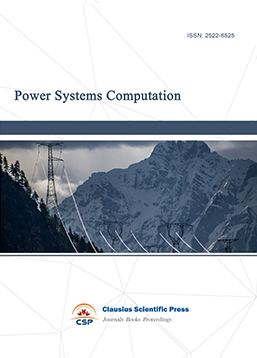
-
Internet of Things (IoT) and Engineering Applications
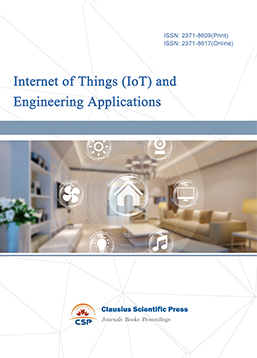
-
Computing, Performance and Communication Systems
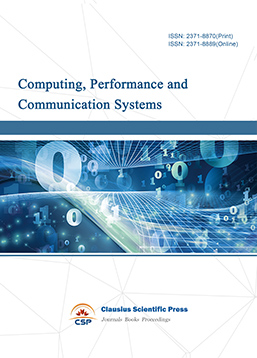
-
Advances in Computer, Signals and Systems
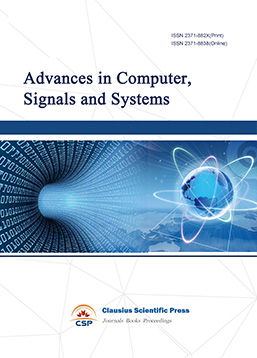
-
Journal of Network Computing and Applications
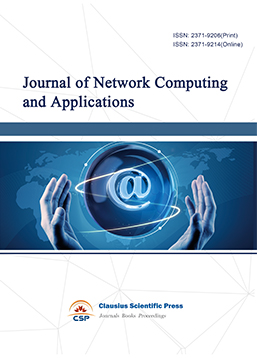
-
Journal of Web Systems and Applications
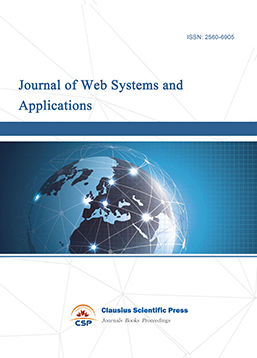
-
Journal of Electrotechnology, Electrical Engineering and Management
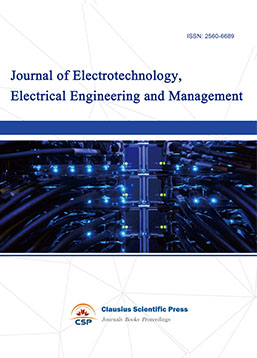
-
Journal of Wireless Sensors and Sensor Networks
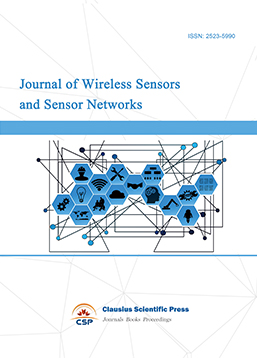
-
Journal of Image Processing Theory and Applications
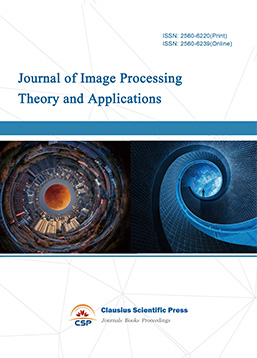
-
Mobile Computing and Networking
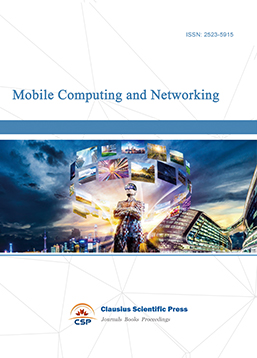
-
Vehicle Power and Propulsion
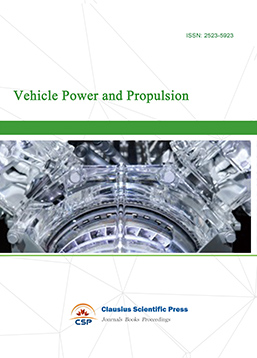
-
Frontiers in Computer Vision and Pattern Recognition
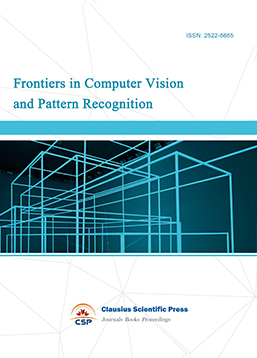
-
Knowledge Discovery and Data Mining Letters
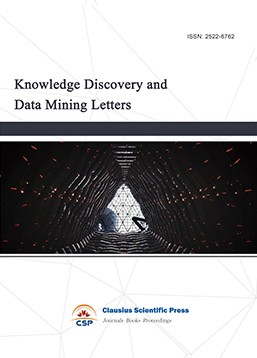
-
Big Data Analysis and Cloud Computing
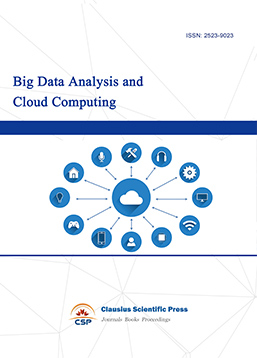
-
Electrical Insulation and Dielectrics
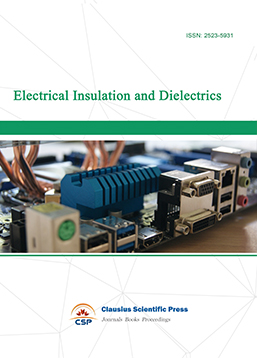
-
Crypto and Information Security
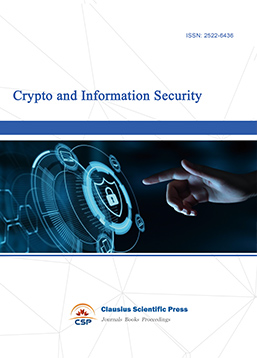
-
Journal of Neural Information Processing
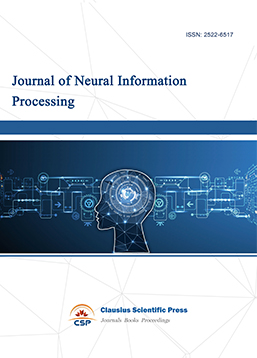
-
Collaborative and Social Computing

-
International Journal of Network and Communication Technology
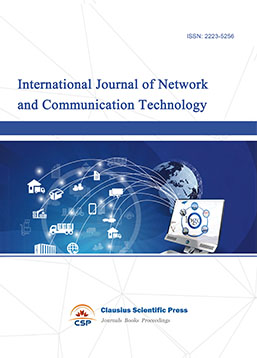
-
File and Storage Technologies
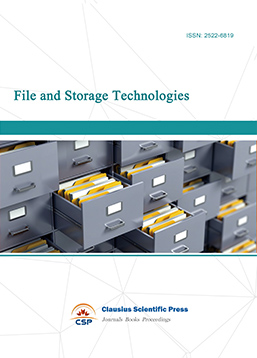
-
Frontiers in Genetic and Evolutionary Computation
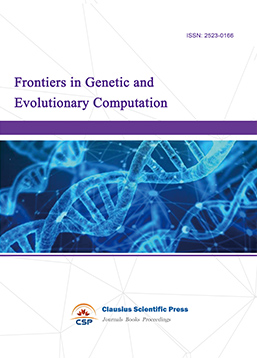
-
Optical Network Design and Modeling
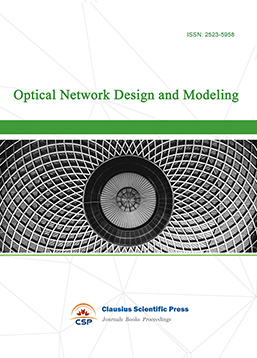
-
Journal of Virtual Reality and Artificial Intelligence
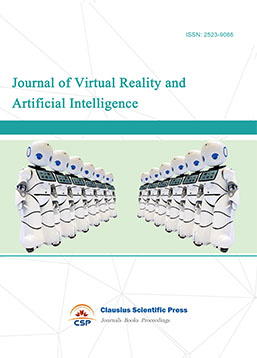
-
Natural Language Processing and Speech Recognition
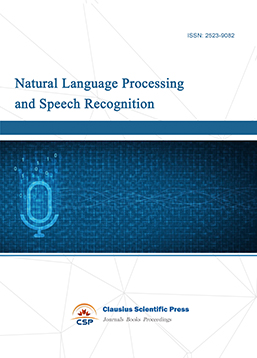
-
Journal of High-Voltage
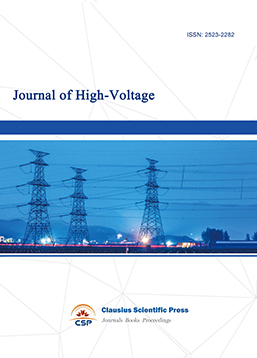
-
Programming Languages and Operating Systems
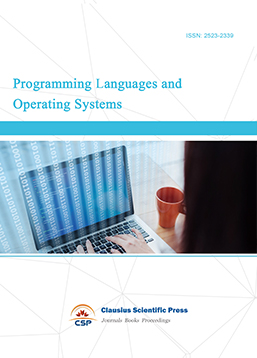
-
Visual Communications and Image Processing
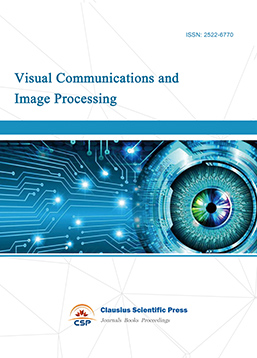
-
Journal of Systems Analysis and Integration
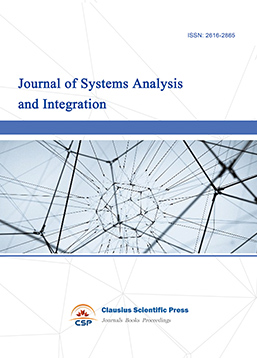
-
Knowledge Representation and Automated Reasoning
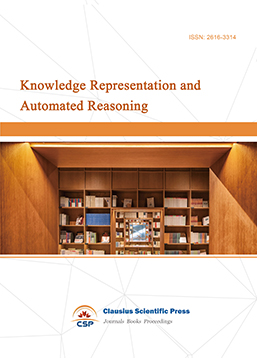
-
Review of Information Display Techniques
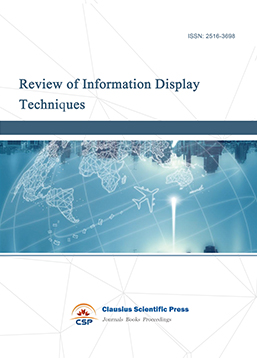
-
Data and Knowledge Engineering
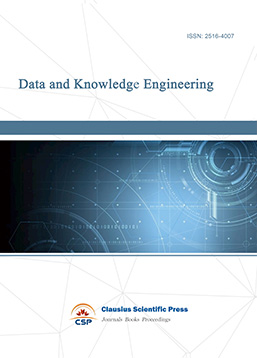
-
Journal of Database Systems
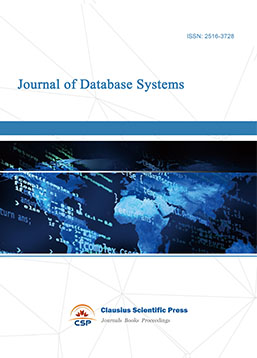
-
Journal of Cluster and Grid Computing

-
Cloud and Service-Oriented Computing
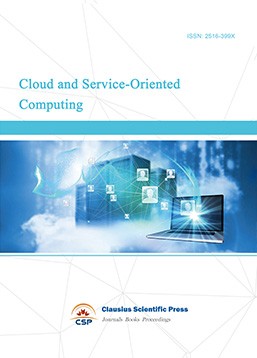
-
Journal of Networking, Architecture and Storage
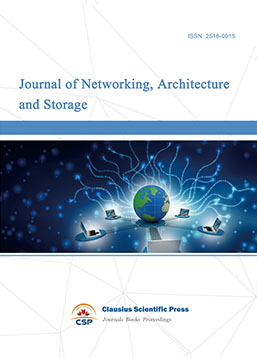
-
Journal of Software Engineering and Metrics
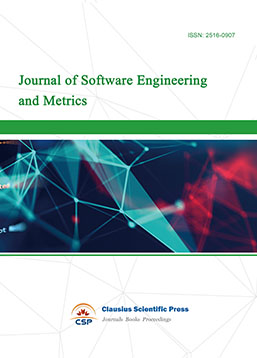
-
Visualization Techniques

-
Journal of Parallel and Distributed Processing
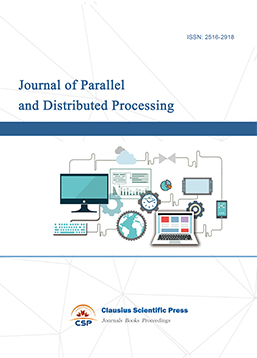
-
Journal of Modeling, Analysis and Simulation
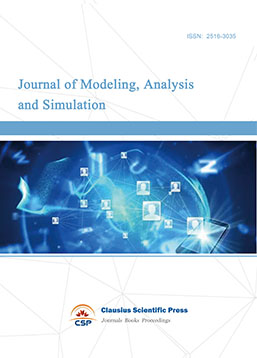
-
Journal of Privacy, Trust and Security
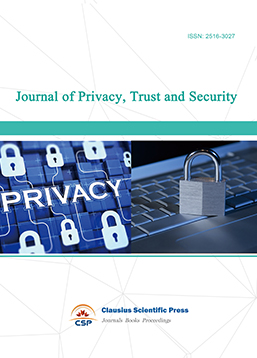
-
Journal of Cognitive Informatics and Cognitive Computing
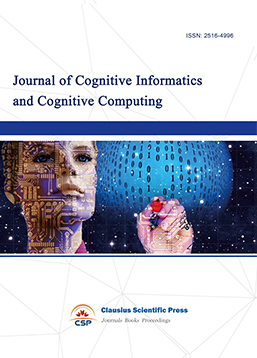
-
Lecture Notes on Wireless Networks and Communications

-
International Journal of Computer and Communications Security
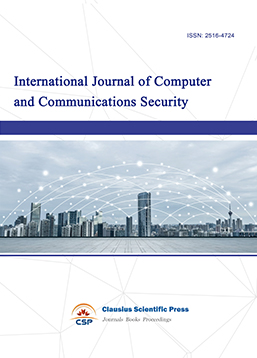
-
Journal of Multimedia Techniques
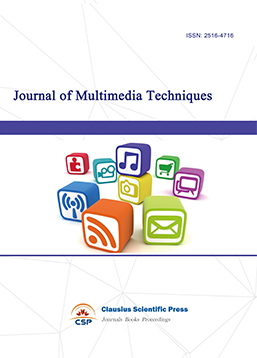
-
Automation and Machine Learning
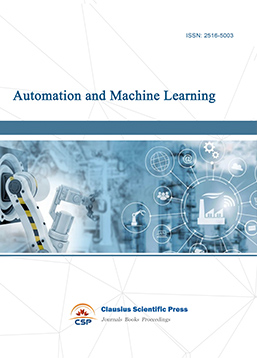
-
Computational Linguistics Letters
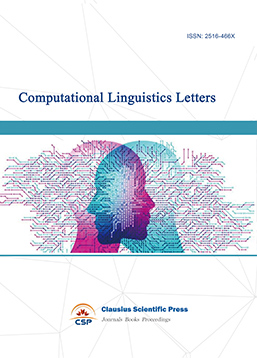
-
Journal of Computer Architecture and Design
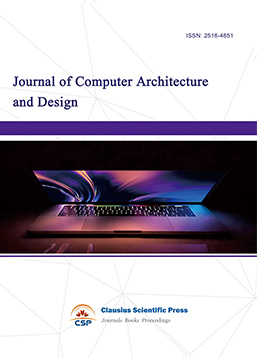
-
Journal of Ubiquitous and Future Networks
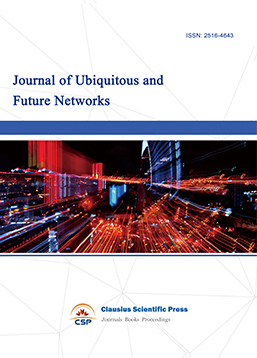

 Download as PDF
Download as PDF